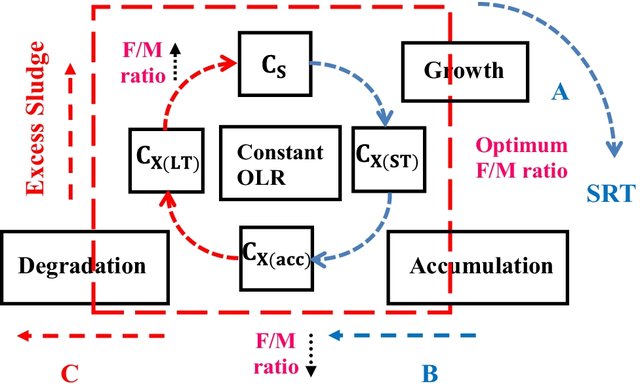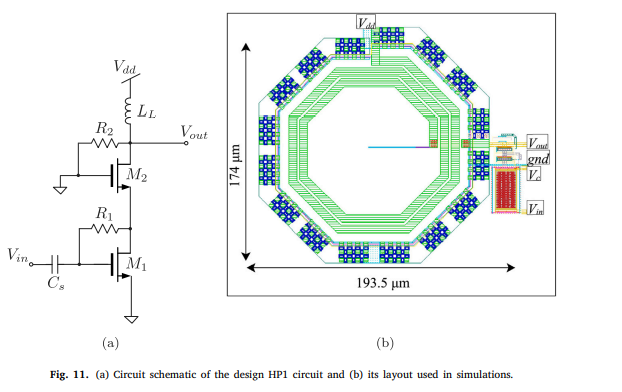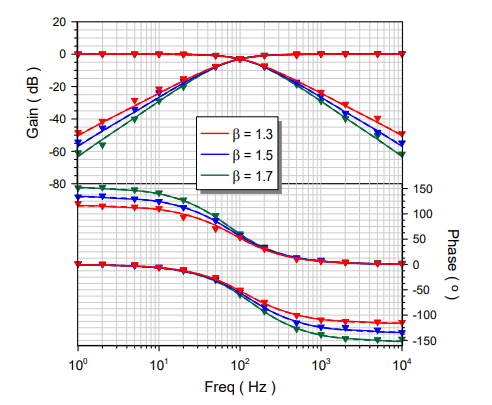Breadcrumb

Two-dimensional steady-state analysis of selected wastewater state variables using asm3
Performance of activated sludge wastewater treatment plants are mainly dependent on bacterial growth, which is limited by many factors. These factors include availability of suitable substrate, limiting nutrients, environmental conditions, and energy. In activated sludge model no. 3 (ASM3), constituents in wastewater are divided into two main categories: carbonaceous compounds and nitrogenous compounds, which are further subdivided depending on their solubility and biodegradability. These compounds are not mutually independent; hence, the fate of one compound in the biological processes is affected by one or more of the other compounds. In this study, a steady-state analysis was conducted to investigate the effect of initial readily biodegradable substrate, oxygen, ammonia nitrogen, nitrite plus nitrate, and heterotrophic organisms’ concentrations on the effluent concentrations of readily biodegradable COD and nitrogen compounds. The studied ranges of the selected wastewater state variables were identified based on literature surveys including previous studies concerning domestic, industrial, and synthetic wastewaters. The results proved that the effluent readily biodegradable substrate and ammonia nitrogen concentrations are reduced as the initial dissolved oxygen and nitrite plus nitrate concentrations are increased. Moreover, better nitrification-denitrification process is achieved at lower initial readily biodegradable concentration leading to lower nitrite plus nitrate concentrations. © 2021 Trans Tech Publications Ltd, Switzerland.



